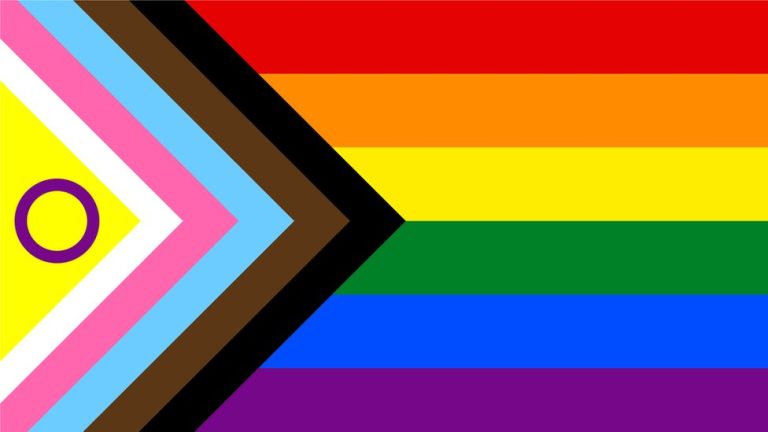Domestic violence is also called intimate partner violence, partner abuse or dating abuse. No matter what it is called, it needs to be talked about. Domestic violence can relate to physical, sexual and emotional abuse. It includes stalking and psychological aggression as well as physical and emotional harm. Domestic violence is about controlling another and maintaining power over them. Often, an abuser exploits existing social and economic vulnerabilities as a method to control. It’s a technique of weaponizing existing stigmas and discrimination. Domestic violence is a means of controlling through discrimination using coercion, threats and intimidation to instill fear and domination of a partner. Domestic violence can have lasting negative effects upon an individual, including emotional trauma, physical harm and even loss of life. It’s an epidemic that is often stigmatized and hence not talked about as it ought to be. It needs to be discussed, and that discussion must be normalized.
Some alarming facts about domestic violence:
- 41% of women and 26% of men have experienced sexual violence, stalking or physical violence from an intimate partner.
- A woman is assaulted every nine seconds.
- Every minute, 32 people are abused by an intimate partner.
- Every year, more than 200,000 phone calls are placed to domestic violence hotlines.
- Domestic violence accounts for 21% of all violent crimes nationwide.
- Nearly three out of every four Americans know someone personally who is or has been the victim of domestic violence.
Anyone (male, female or otherwise) can experience partner abuse. Some people are at higher risk of domestic violence, though. Who is at higher risk? Any group that is marginalized or faces discrimination faces a higher risk of domestic violence. Misogynist gender roles and ethnic and racial stereotypes put people at higher risk. BIPOC (Black, Indigenous and People of Color) populations are at elevated risk, as are those living in poverty as well as the LGBTQ+ community.
Black, Indigenous and People of Color are notoriously at elevated risk, with rates of domestic violence against women in that demographic being 30-50% higher than White women.
Low-income individuals are also at an increased risk of domestic violence as poverty affects women and single mothers at a rate that is disproportionate to men. Stress and financial hardship are both likely contributing factors to the increased risk, and survivors are often left in a cycle of poverty and abuse. In addition, many victims living in poverty don’t have the financial means to escape their situation, leaving them stuck in a dangerous relationship.
In the queer community, gay men, lesbians, trans and non-binary people are more likely to face domestic violence than their cisgender and heterosexual peers. Per the Centers for Disease Control and Prevention, 61% of bisexual women and 44% of lesbian women experience partner abuse in their lifetime, as compared to 35% of straight women. 37.3% of bisexual men vs 29% of heterosexual men face intimate partner abuse. Often, this abuse begins during youth. 20% gay, lesbian and bisexual students report they have been forced to have sex, compared to only 6% of straight students. In another study, 24% of transgender students report forced sex while their cisgender counterparts reported a 15% figure. Statistics were similar for physical dating violence (13%) and sexual dating violence (16%) for the same groups as compared to 7% for each violence type for straight peers. Transgender youth reported 26% and 23% for physical and sexual dating violence, respectively, with 15 and 16% reported by cisgender youth.
It’s also important to keep in mind that these demographics easily cross over, raising risks even more. For instance, someone in the LGBTQ+ community can also easily be BIPOC or living in poverty. While these groups are at increased risk, domestic violence can and does affect any part of society.
Domestic violence has been a tragic topic locally that has left Ferry County reeling, as Curlew lost one of their own in an apparent murder-suicide last month. Resident Lisa Blakeney lost her life and Ferry County Sheriffs’ Deputy Edwin Lopez was injured by a gunshot wound upon responding to a domestic violence call. Per reports, Deputy Lopez is expected to make a full recovery. Curtis Owens, Lisa’s boyfriend and the alleged perpetrator, also died. To our community, and especially to the family and friends of Lisa, this author offers her most sincere condolences.
If you are in a dangerous relationship or in need of help processing and healing from this local tragedy, please reach out for help. You matter.
For those facing domestic violence: If you’re in imminent danger, call 911. For non-emergency help: National Domestic Violence Hotline at 1-800-799-7233, the Teen Dating Violence Hotline: call, chat, or text 24 hours everyday, 866-331-9474, the StrongHearts Native Helpline: call or chat 24 hours everyday, 844-762-8483. In Ferry County you can also contact Rural Resources 24/7 at 1-844-509-SAFE (7233).
For those in a mental health crisis or contemplating suicide, the National Hotline for Mental Health is available 24/7, just dial 988.
Marcella Lewis is assistant secretary of PRIDE of Ferry County, published novelist M. Lauryl Lewis and podcast host of “Social Injustice LET’S TALK ABOUT IT with Marcella.”
In Other News
